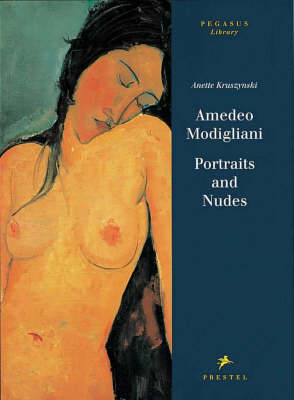Pegasus
1 total work
Amedeo Modigliani led the dissipated, extravagant life of a bohemian in Paris at the beginning of the 20th century. Yet this apparently glittering and restless life, which came to a sudden end when he was 35, is not reflected in his work at all. Modigliani's paintings and sulptures are marked with a cool detachment, with often archaically austere depictions of the human figure and acutely characterized portraits. The avant-garde movements of the time, such as Cubism, Fauvism and Futurism, had little effect on his art. It is not theory, but the human being that lies at the centre of Modigliani's work. He drew inspiration from artists of the Renaissance and the Rococo periods for his distanced, dignified portraits. His preferred models were friends and his companion Jeanne Hebuterne, but he also depicted simple country people. This book provides an interpretation of Modigliani's career. It charts the artist's development from the penetrationg psychological studies of his early portaits, through images of a more decorative nature - the graceful figures with swan-like necks and almond-shaped eyes - to his mature depiction of nudes, which remain valid icons of femininity.
